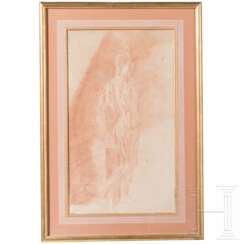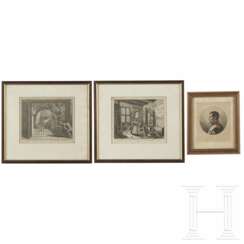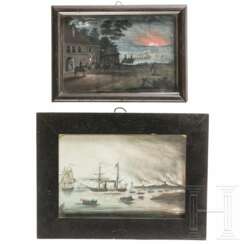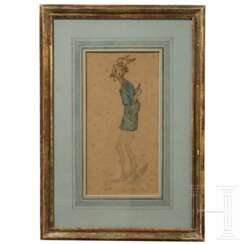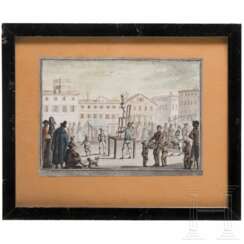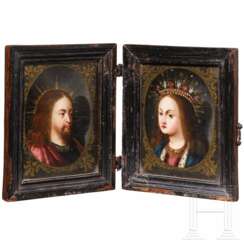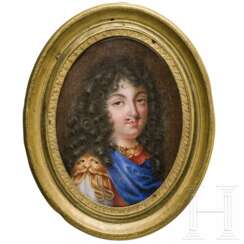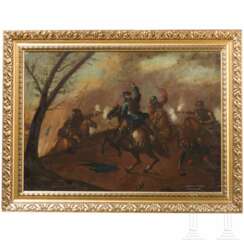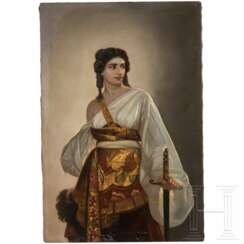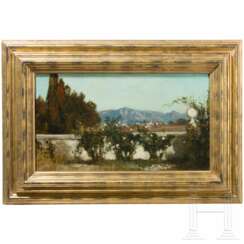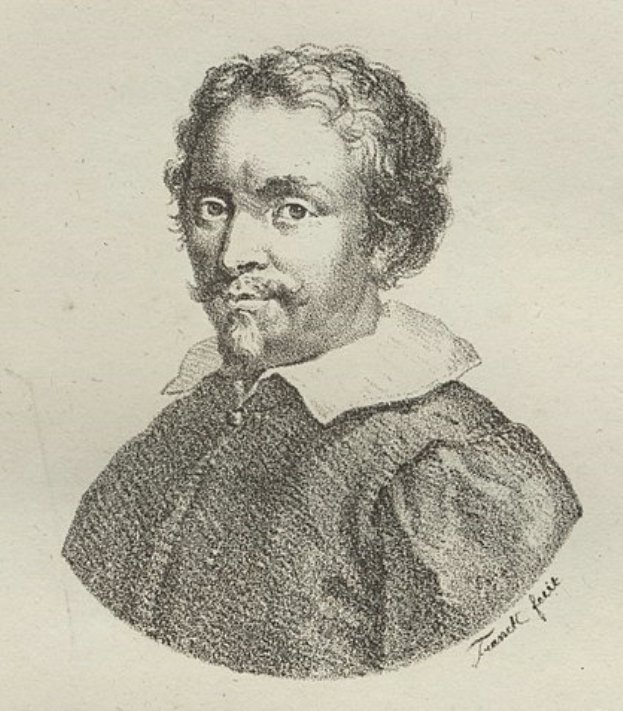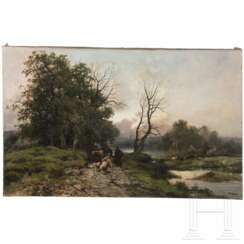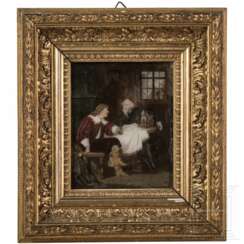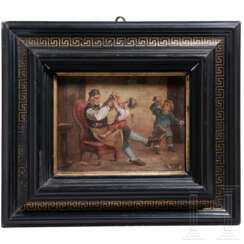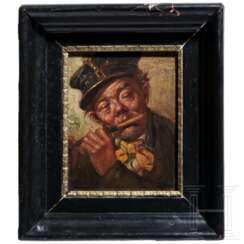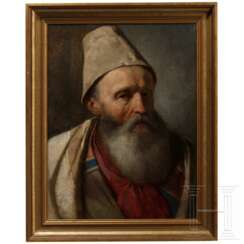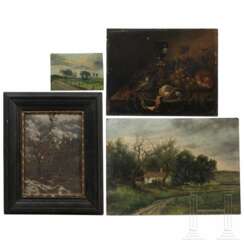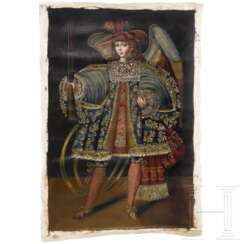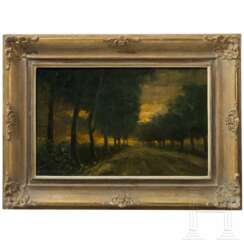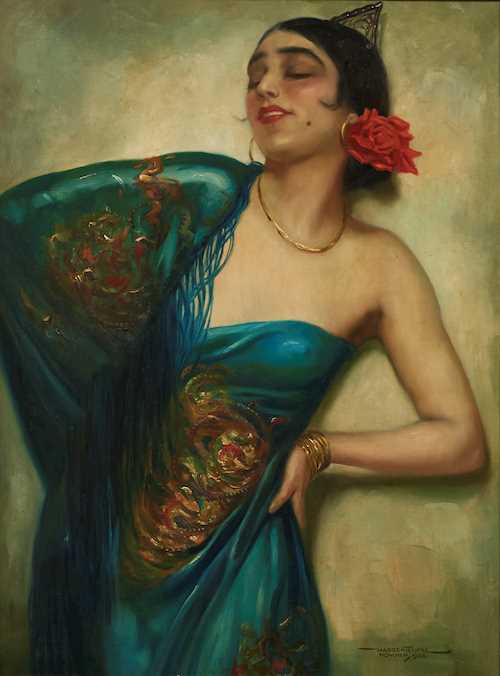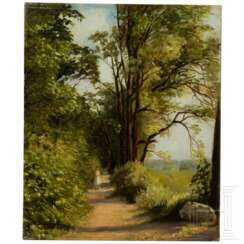
Paintings and graphics — A104kua: Kunst, Antiquitäten & Antiken
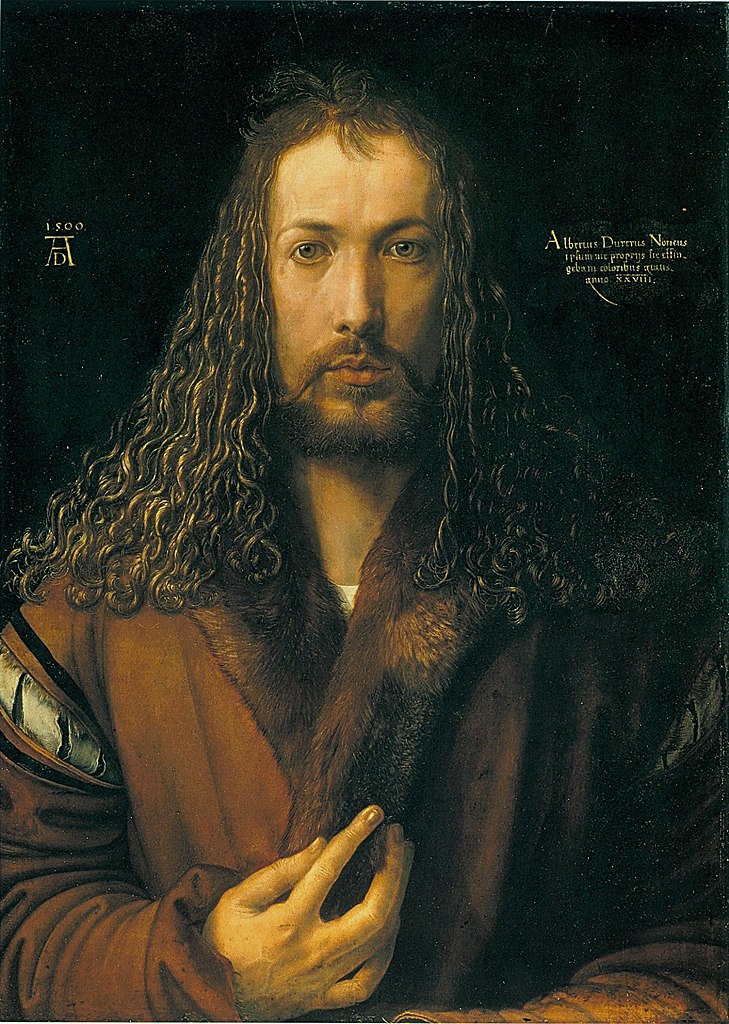
Albrecht Dürer, born on May 21, 1471 in Nuremberg, Germany, is widely regarded as the greatest German Renaissance painter. His contribution to painting and engraving is quite significant and has left a notable mark on the art world. Dürer's early life was spent in Nuremberg, a city that played a crucial role in his development as an artist and was also the site of his death on April 6, 1528. He was the son of the goldsmith Albrecht Dürer the Elder, from whom he initially learned the basics of drawing and metalworking.
Dürer's work is characterized by a combination of Gothic elements with the emerging Renaissance style, which is evident in his woodcuts and engravings. His oeuvre encompasses many themes, including religious works, altarpieces, portraits, and self-portraits. His outstanding prints, such as The Knight, Death and the Devil (1513), St. Jerome in his Study (1514) and Melencolia I (1514), are known for their intricate detail and artistic skill. Dürer was also one of the earliest European landscape painters, as evidenced by his watercolor paintings.
Equally significant are his theoretical writings on mathematics, perspective, and ideal proportions in art. Dürer was not only an artist but also a keen intellectual, his interests encompassing various aspects of culture and science. He served as court painter to Holy Roman Emperors Maximilian I and Charles V, completing several significant art projects for them. Dürer's keen mind and versatile interests brought him into contact with the most prominent figures of his time, including theologians and scientists of the Reformation era.
Dürer's self-portraits are particularly famous, demonstrating not only his artistic skill but also his self-awareness and personal style. These portraits attest to his growing success and confidence as an artist. Dürer's legacy is immense; he influenced not only the art of his time, but also left an indelible mark on the history of European art.
For those interested in the work and legacy of Albrecht Dürer, we recommend subscribing to our updates. Our subscription service is designed to provide information about new sales and auction events related to this remarkable artist. Join us to keep up to date on the latest art and antiques related to Albrecht Dürer.
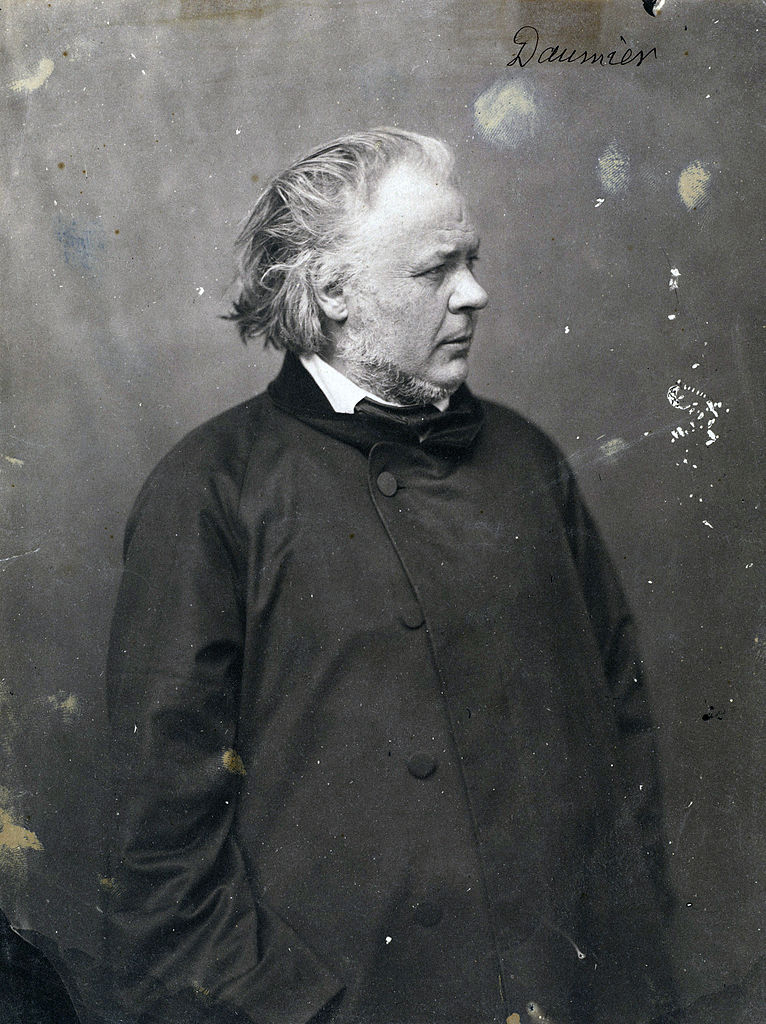
Honoré Daumier, a French artist, is renowned for his profound impact on 19th-century art through his work as a caricaturist, painter, and sculptor. His art, which satirized French politics and society, is celebrated for its insightful commentary on the human condition and the social landscape of his time. While Daumier is perhaps best known for his incisive and humorous lithographs that critiqued the French bourgeoisie and political figures, his contributions to painting and sculpture are equally significant, demonstrating a keen observation of everyday life and a masterful use of expression.
Honoré Daumier's early involvement with lithography, a relatively new printmaking technique at the time, allowed him to produce works that were both accessible and impactful, resonating with a wide audience. His imprisonment in 1832 for his caricature of King Louis Philippe as Gargantua highlights the daring nature of his work and the personal risks he took to express his political views. Despite the challenges he faced, including eventual blindness, Daumier continued to create art that spoke to the societal issues of his day, transitioning to painting and sculpture while maintaining the critical edge that defined his earlier works.
His later years were spent in Valmondois, where he focused more on painting, capturing scenes of daily life with a technique that distanced itself from the caricatural style he was famous for but retained his keen observational skills. Despite his struggles with poverty and illness, Honoré Daumier's legacy endures, with his works housed in prestigious institutions like the British Museum and being recognized for their contribution to the development of modern art, particularly in their influence on Impressionist techniques.
For collectors and enthusiasts of art and antiques, Honoré Daumier's work offers a unique window into 19th-century French society, marked by a blend of humor, social critique, and poignant observation. His diverse body of work, from lithographs to paintings, continues to inspire and provoke thought, making him a pivotal figure in the history of art.
To stay informed about the latest exhibitions, sales, and events related to Honoré Daumier's work, signing up for updates is a valuable way to ensure you don't miss out on the opportunity to engage with the rich legacy of this influential artist.
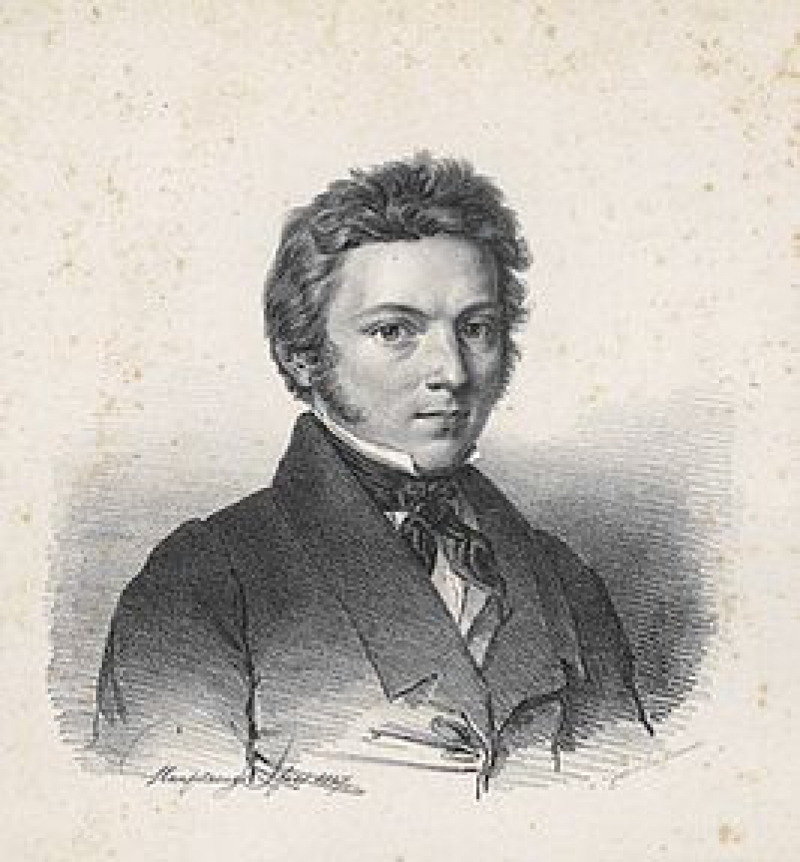
Johann Friedrich Ludwig Heinrich August Riedel was a German painter of the mid-nineteenth century who lived most of his life in Italy. He is known as a painter famous for his genre scenes and sensual portraits of women.
August Riedel also created psychological portraits, but his main "skate" is considered to be Italian genre scenes with a rich and light color scheme. One of his most famous works is a painting of the biblical Judith, painted in 1840. Riedel enjoyed success as an artist, receiving commissions from noble representatives of Germany, Italy and Bavaria, but over time his fame waned as public tastes turned to realism.
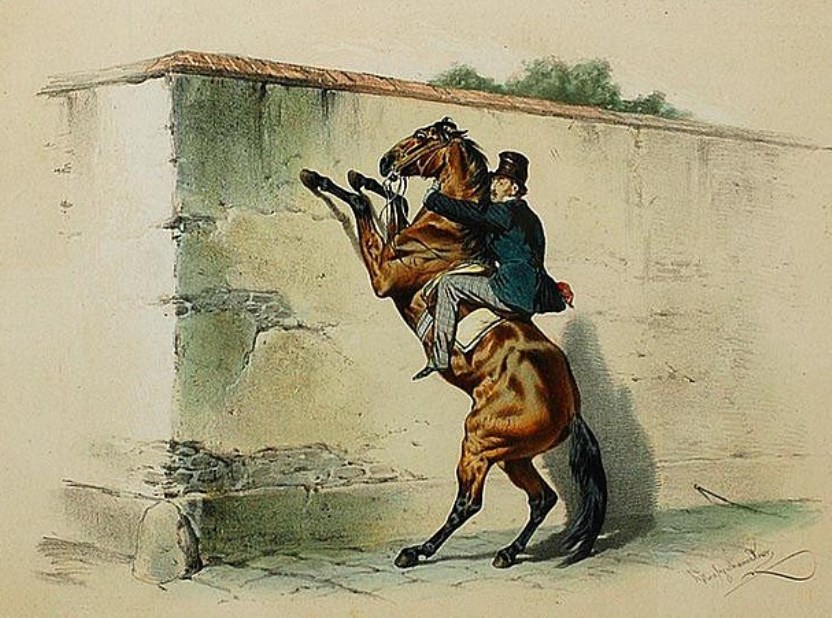
Josef Anton Strassgschwandtner was an Austrian painter and lithographer, celebrated for his detailed hunting, military, and genre scenes. Born in Vienna in 1826, he exhibited artistic talent from an early age, which was nurtured despite being orphaned and raised in an orphanage. His formal education in art commenced at the Academy of Fine Arts Vienna between 1843 and 1845, where he studied under notable instructors like Leopold Kupelwieser and Franz Steinfeld.
Josef Anton Strassgschwandtner's works gained prominence for their vibrant depiction of military and hunting scenes, earning him the nickname "Austrian Raffet" after the French lithographer Auguste Raffet. His client base was diverse, including hunting associations, horse enthusiasts, and military personnel, which reflects his versatility and appeal across different circles. Despite his success, Strassgschwandtner's life took a tragic turn when he became mentally deranged in 1879 and was subsequently institutionalized until his death in 1881.
His legacy continues to be celebrated, with a street in Vienna named after him and his works featured in various exhibitions. For collectors and experts in art and antiques, Josef Anton Strassgschwandtner's pieces represent a unique blend of historical and artistic significance, offering a glimpse into the Austrian culture of his time.
If you're intrigued by Josef Anton Strassgschwandtner's life and works and want to stay updated on sales or auction events featuring his art, consider subscribing for updates. This subscription will keep you informed about opportunities to acquire pieces by this notable Austrian artist.




